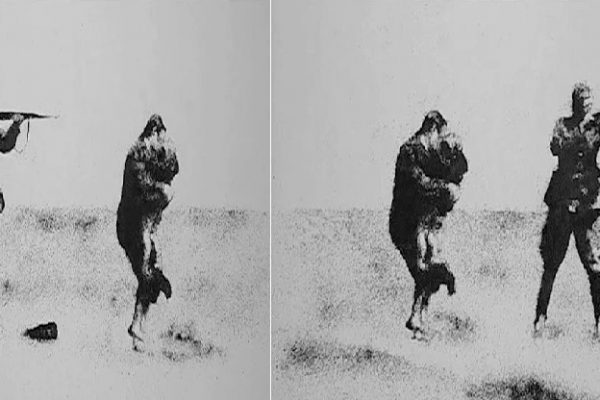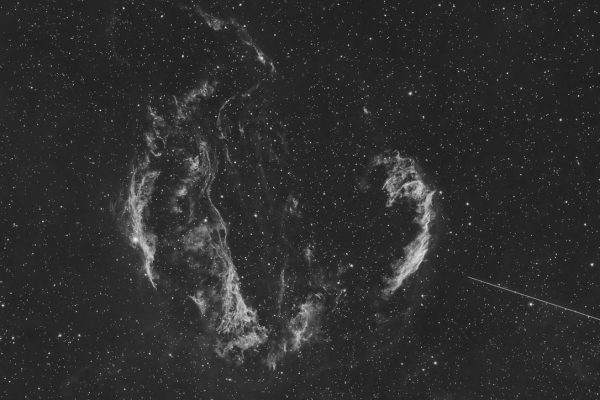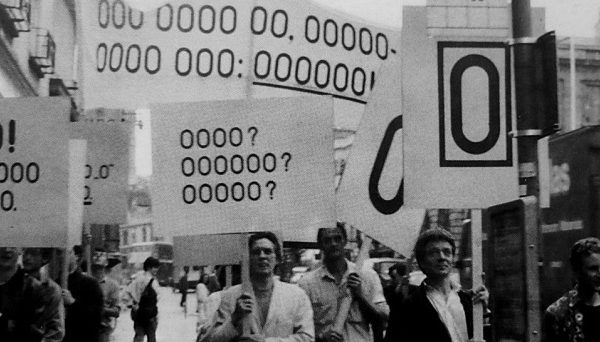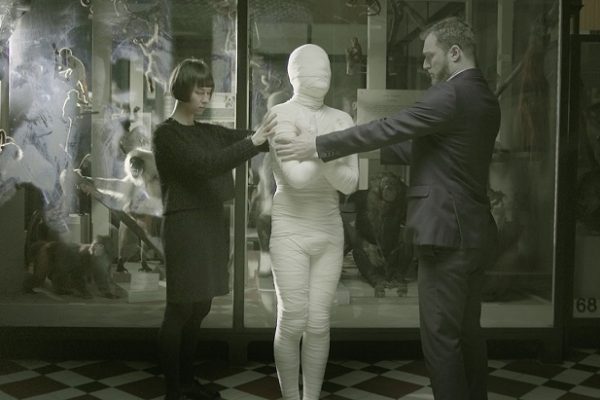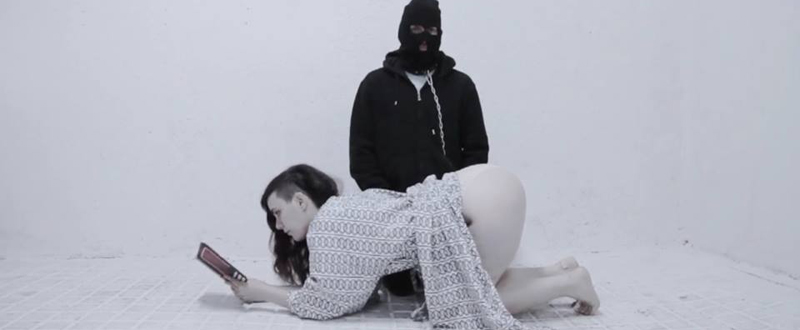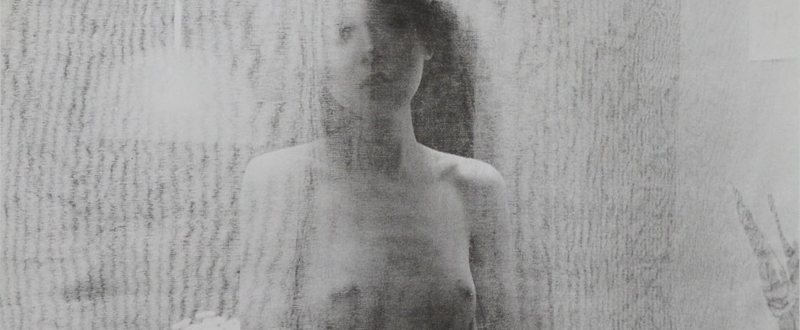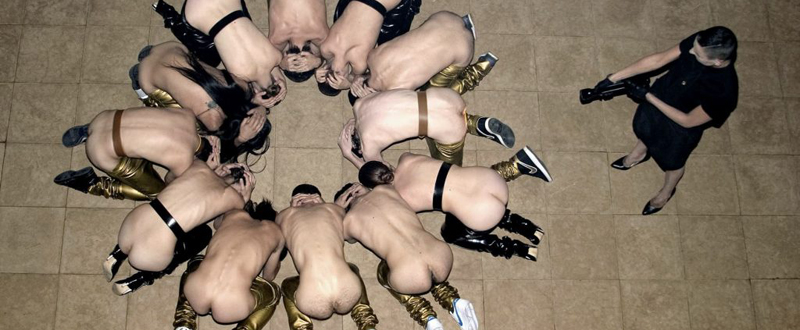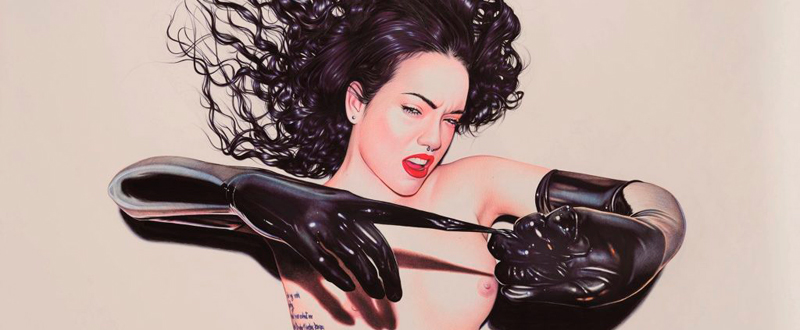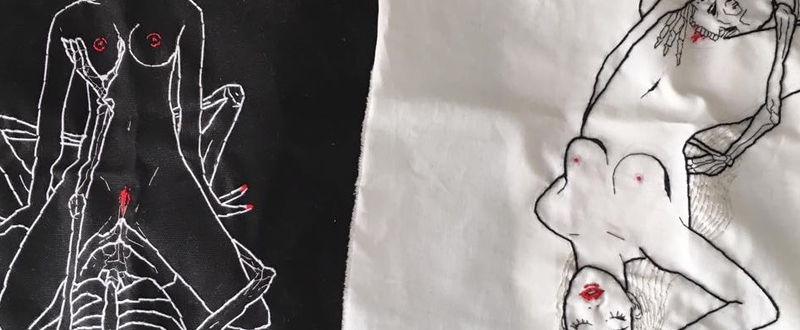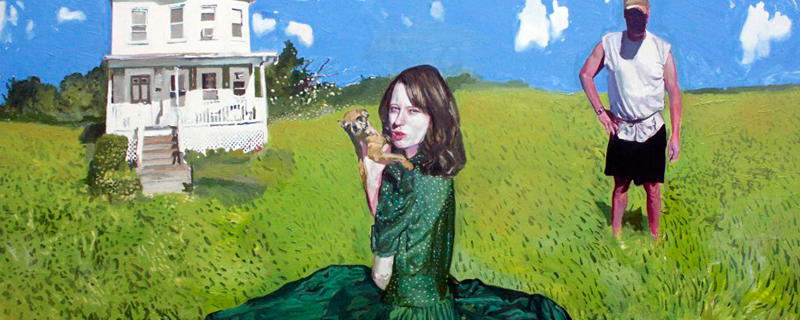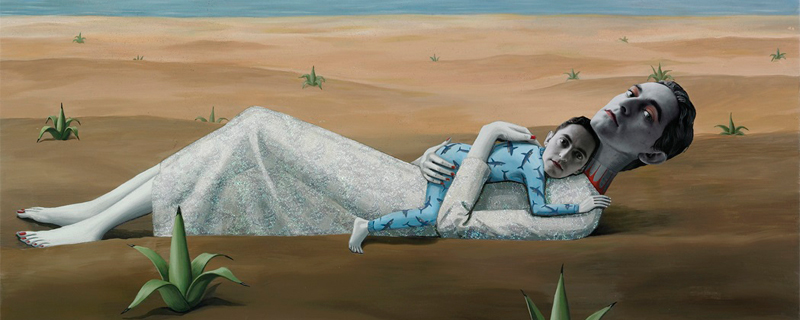André Lepecki attributed to the figure of street dancer the power to break creatively preset circulation in the preassigned locations, opposing the police choreography the choreopolitics, which spread the movement from one body to another, transmitting affections, favoring the emergence of the subject where it has been ignored. One movement, multiple singular ways to express it. For Raisa Maudit the movement is also a liberating and contagious exercise, radiating anarchic invectives from the body dramaturgy. […]
Categoría: Erotic art
Semiotics of the veil
Since the discovery of the technique of wet-drapey in Classical Greece to the arty side of the advertising photo, from Phidias to Erwin Blumenfeld, to veil carnal pleasures has been the best way to enhance them. Now that everything is so overexposed the veil is a precious asset, a relic of more surprising times, such as those that encouraged the encrypted porn, with gray weaving as curtains in front of coupled bodies. These filters, with […]
Joan Morey, desire and the social
Il n’y a que du désir et du social, et rien d’autre, L’Anti-Œdipe, 1972, Deleuze; Guattari The soul, prison of the body. With this reversal of the Catholic axiom Foucault supported what had already pointed Nietzsche: slave morality that is born from bad conscience. The subject (subjection, submission) is formed from the repudiation of certain desires. Before them, Hegel: the servants are liberated from the owner, yes, but to finish made conditional on ethical […]
Juan Francisco Casas, memory as a glitch
From the heat of joie de vivre to the silence of solitary ecstasy, from histrionic posing of girls tipsy by the party and challenged by the camera to the joyful implosions catched under leather and latex. It is a path of purification, artistic and emotional, in that capture the fleeting happiness, which has followed Juan Francisco Casas. That path, passing through Rome, was covered with (pleasant) thorns. He rediscovered the intricacies of amorous passion following […]
Crajes: morbid tales
They wear veils embroidered with mournful lace but are not widowed mothers, just orphaned teenagers. They copulate and dance with death, are split into necrophiliac nymphets, entering with their alter egos in a Pop Hades, as Persephones avid of extreme experiences. Delicate faces of ominous look that Crajes paint (artist duo formed by Carla Rendon and Jessica Ruiz) remind us of the Filippo Lippi madonnas, their premonitory melancholy. But the expiatory pathos is closer to […]
Japanese dolls: toys and idols
In an interview, the artist Makoto Aida justifies Japanese obsession with teenagers by what he calls feminization of the country, who lost his father after abolition of the army at the end of World War II. Aida’s work caricatures sexual philias of his countrymen, attacks the vernacular masochism rooted in ancient codes of honor, entrepreneurial fever and dreamy ways to escape. Since the floating time of ukiyo-e to the weightless walks between manga girls of […]
Xevi Solà and his delirium world
Chronics -most of us- are machines with flaws inside that can’t be repaired, flaws born in, or flaws beat in over so many years of the guy running head-on into solid things… (Ken Kesey, One flew over the cuckoo’s nest) American geography nurtures a suburban imaginary confronted between the pristine pools of glass Californian houses and backyard inflatable tubs of southern big rambling shed, among armfuls of those young bodies chiseled by the libido […]
Gino Rubert, narciso playing dress up
Life is a game of chess lost beforehand; the important thing is to participate. Medieval painters represented death playing chess with their victims, a time when our provisional, ephemeral nature was more accepted than now. macabre dances, vanitas… were reminders not exempt from underground sarcasm. A black humor that somehow was lost with the pathos of the Baroque memento mori. Gino Rubert recovers the irony associated with our existential decay, adopting a festive-pop tone debtor […]

